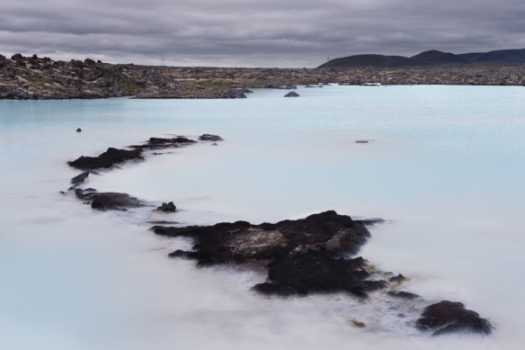David Allen has said that the people who take to the GTD system the most avidly are those that need it the least but he notes these are the people, the high performers, that notice even the slightest amount of drag in their world that prevents them from doing as much as they feel they’re able.
Not that I would put myself in the elite high performer category but I do keep fiddling with my personal systems for deciding what I want to work on and tracking the associated tasks. I wrote about my current system here a few months ago. Since then I came across the bullet journal method outlined in the video above, and described in more detail at the bullet journal website here, which marries the GTD methodology with the agile approach perfectly for me. The whole thing may seem a little messy from the outside looking in – it’s a blend of digital and analog – but it seems to be working for me.
I think that the hallmark of any successful system is one that people adopt and modify to suit their own needs and in doing so extend it’s functionality. This is certainly true of the Bullet Journal that has it’s own community on Google+ – read what the creator, Ryder Carroll has to say about this here.
For any system to work for me I have to like the toys that it brings me in contact with. The bullet journal is no exception – lots of cool notebooks to play around with. I’ve been using the Field Notes books mostly for my bullet journal but I also have one of the awesome Japanese Midori Traveler’s Notebooks that I will be working with more in 2015. The original size is a little awkward for me – it’s too big to fit comfortably in any of my coat pockets – but the passport size is perfect. The passport sized midori notebooks are of course an odd size and the Field Notes books don’t fit perfectly inside the leather cover but the ones frin Scout notebooks do.
Check out the short video showing the flexibility of the Midori notebooks below.

